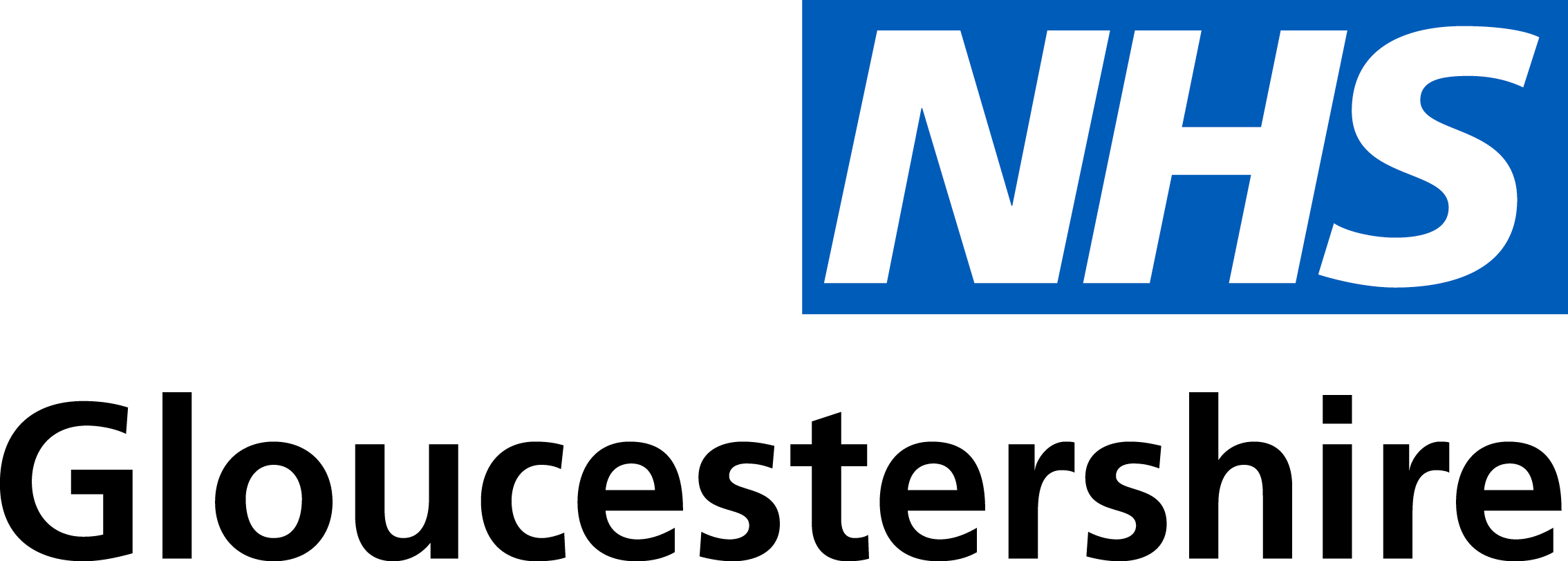Here we update on the planned care recovery as we continue the challenging task of bringing down waiting times.
It highlights the good progress being made in tackling waiting times for planned operations, procedures, diagnostic tests and outpatient appointments and the support being made available to those waiting the longest.
Despite non-urgent activity being disrupted by COVID-19, the NHS in Gloucestershire still managed to perform more than 90,000 planned care operations and carry out over 1 million outpatient appointments over the last two years.
This means that we are in a stronger position than many areas as we emerge from the pandemic.
In February, we welcomed publication of the national elective care delivery plan. It sets out challenging targets relating to planned care, diagnostic tests and cancer care alongside significant additional investment to increase capacity and modernise digital technology to reduce waiting times.
Locally, Gloucestershire Hospitals NHS Foundation Trust continues to make best use of its two main hospital sites, as well as the network of community hospitals. The local NHS has introduced a range of other measures to enable their teams to see as many patients as possible and support the recovery.
This includes running extra outpatient clinics and theatre lists at the weekends and into the evening, as well as using facilities in the independent sector for the treatment of NHS patients, some of whom have been waiting the longest.
Expansion of diagnostic services is continuing, including through the development of community based diagnostic services.
Additional tests currently include CT, MRI, Xray and Ultrasound, and are being delivered by local hospital and independent sector partners. Over 5,000 additional tests have been provided since December. There are also tests being provided in primary care, including blood tests as well as tests for respiratory conditions such as asthma.
Positively, activity levels are getting back to where they were in the pre-pandemic period.
Gloucestershire is now doing around 94% of the operations and over 100% of the diagnostic procedures, such as CT scans and MRIs, compared to pre-pandemic levels.
Outpatient recovery has also been excellent, and Gloucestershire is now providing 97% of activity compared to before the pandemic.
Where appropriate to the individual’s needs, telephone and video conferencing continues to offer an alternative to ‘in-person’ face to face outpatient appointments and the need to travel to hospital appointments. It has been positively received by patients.
Throughout the pandemic, Gloucestershire Hospitals NHS Foundation Trust continued to provide life-saving treatments and surgery such as cancer care which has meant that going into this recovery phase the NHS locally is in a stronger position.
There has been continued focus on achieving the national cancer standards. For example, in January, 87% of patients with suspected cancer were seen within two weeks of their referral, throughout the last 12 months and the local NHS has been one of the best performers in the country for this.
The Hospitals Trust is also one of a small number of Trusts consistently meeting the recently introduced Faster Diagnosis Standard (FDS) that ensures patients with suspected cancer have their diagnosis confirmed or ruled out within 28 days of being referred urgently by their GP.
For patients who are diagnosed with cancer, it means their treatment can start as soon as possible and for those who are not, they can have their minds put at rest more quickly.
However, the local NHS acknowledges the size of the challenge and that many patients are still waiting longer than they would like due to the backlog which built up during the first phases of the response to the pandemic.
At the end of March 2021, Gloucestershire Hospitals NHS Foundation Trust reached a peak of 3,061 patients waiting more than 52 weeks for treatment. Significant efforts have been made by staff on recovering this position and by the end of February 2022, this had reduced to around 1,190 with a continued focus on making further inroads into this number going forward.
Over £15 million of elective recovery funding has already been received to tackle the planned care backlog in Gloucestershire and a further £6.6 million has been spent on new equipment.
Further additional equipment funding is currently being allocated for next year.
We’re already using additional funds to commission more planned care services and operations from both the NHS and the independent sector – this will help us to reduce waiting times faster.
The NHS has established dedicated teams to ensure that regular communication with anyone waiting for care is at the heart of the approach to recovery. This includes a dedicated information hub at Gloucestershire Hospitals NHS Foundation Trust.
A new national My Planned Care digital service will also tell patients when they should expect treatment and signpost them to support that can help them while they wait.
Despite best efforts, the local NHS predicts that, as a result of the pandemic and increased demand on some services, it will take more time to get back to where they were on overall waiting times and they understand how difficult this will be for both patients and staff.
While recovery is an immense challenge the publication of the national plan and the additional investment associated with it gives the NHS in Gloucestershire the best possible opportunity to succeed and to reduce waiting times for patients. You can read the NHE England and Government media release here.
MENUMENU
- Home
- Your health & services
-
-
Community and Hospital Care
-
-
Urgent advice and care
Healthy Communities
-
Funding Treatment
Carers
-
-
- About us
Who we are and what we do
How we work
How we meet our duties
- Have your say
How to get involved
Your experience counts
- News

